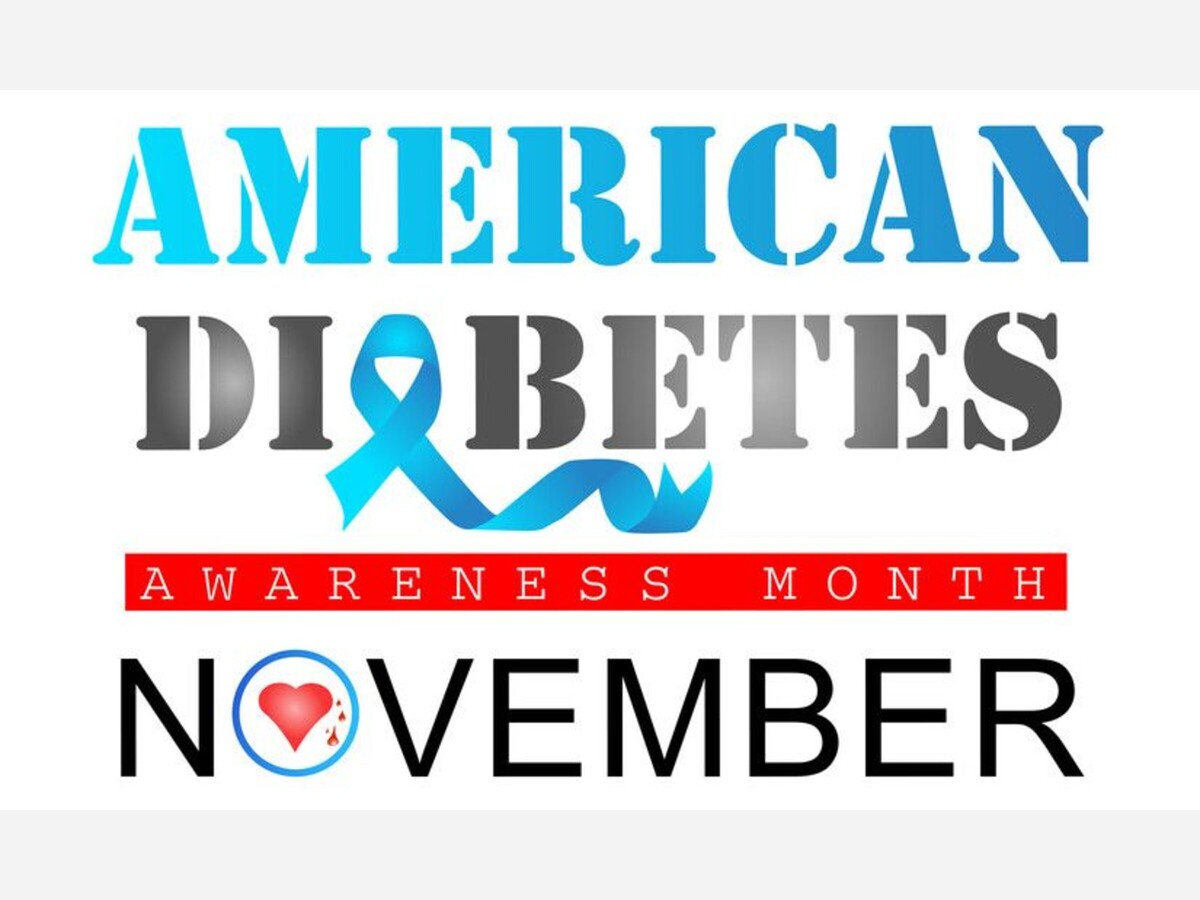Image

November is American Diabetes Awareness Month
Residents encouraged to focus on prevention and management
Baltimore County, MD – November is American Diabetes Awareness Month, and the Baltimore County Department of Health is raising awareness about the importance of managing this chronic disease for those who have it, and preventing it in those who do not.

Diabetes is the seventh leading cause of death in the United States. It is often referred to as the “silent killer” because it can go undetected for a very long time. One in three people in the U.S. has prediabetes, with more than eight in every ten people unaware that they have it.
Prevention is key. Visit https://www.cdc.gov/prediabetes/risktest/index.html to determine if you are at risk for the disease. Research shows that people who make certain lifestyle changes can cut their risk for developing Type 2 diabetes in half and can lower their risk of heart attack, stroke, and improve their overall health.
The Baltimore County Department of Health’s Chronic Disease Prevention program offers a free weight loss management program for interested individuals. The TOPS (Take Off Pounds Sensibly) program helps participants with lifestyle changes that promote regular physical activity, achieving healthier weight goals and developing a balanced diet. With the holidays right around the corner, now is the perfect time to learn more about these helpful lifestyle changes.

To sign up for the TOPS program, call 410-887-2725 or email cdpp@baltimorecountymd.gov.
November is American Diabetes Month
Diabetes is one of the leading causes of disability and death in the United States. It can cause blindness, nerve damage, kidney disease and other serious health problems.
There are some risk factors that we can't control, like a family history of diabetes. But other factors that put you at high risk for type 2 diabetes, including smoking or being overweight, are ones you can try to work on. Lifestyle changes like increasing physical activity, losing weight and eating healthy can make a difference.
Diabetes is a disease that causes high blood glucose or sugar. A hormone called insulin is needed to move the sugar but diabetes limits the body's ability to make enough insulin. When the body can't make enough insulin or uses the insulin the right way, sugar builds up in the blood. This can cause harm to your eyes, kidneys, and nervous system.
What are some of the risk factors for diabetes?
High Blood Pressure High Blood Glucose Being Overweight Smoking
Nearly 1 in 3 American adults has high blood pressure and 2 in 3 people with diabetes report having high blood pressure or taking prescription medications to lower their blood pressure.
Your heart has to work harder when blood pressure is high, and your risk for heart disease, stroke and other problems goes up.
High blood pressure won't go away without treatment. Treatment could include lifestyle changes and, if your doctor prescribes it, medicine.

Exercise lowers your blood sugar and helps you stay healthy.
There are lots of ways to move your body:
People with diabetes need to watch out for a few things when exercising:
Your blood glucose level is tied to the foods you eat. People with diabetes need to balance the type and amount of food they eat at each meal.
You can still enjoy your favorite comfort foods that may be high in sugar and fats, but think about moderation and balance. The key is to eat them only once in a while, in smaller portions and balancing them with healthier foods and more physical activity.